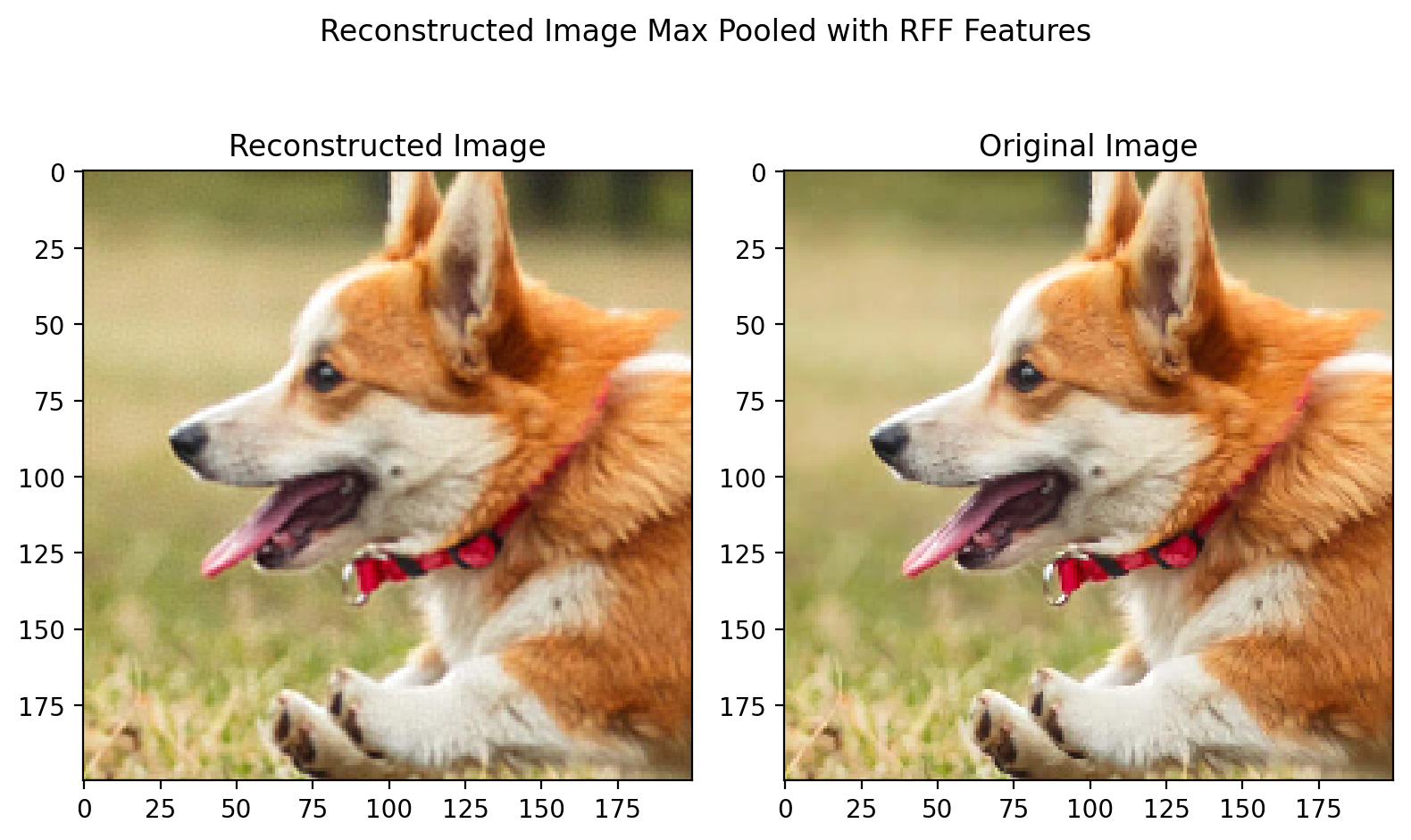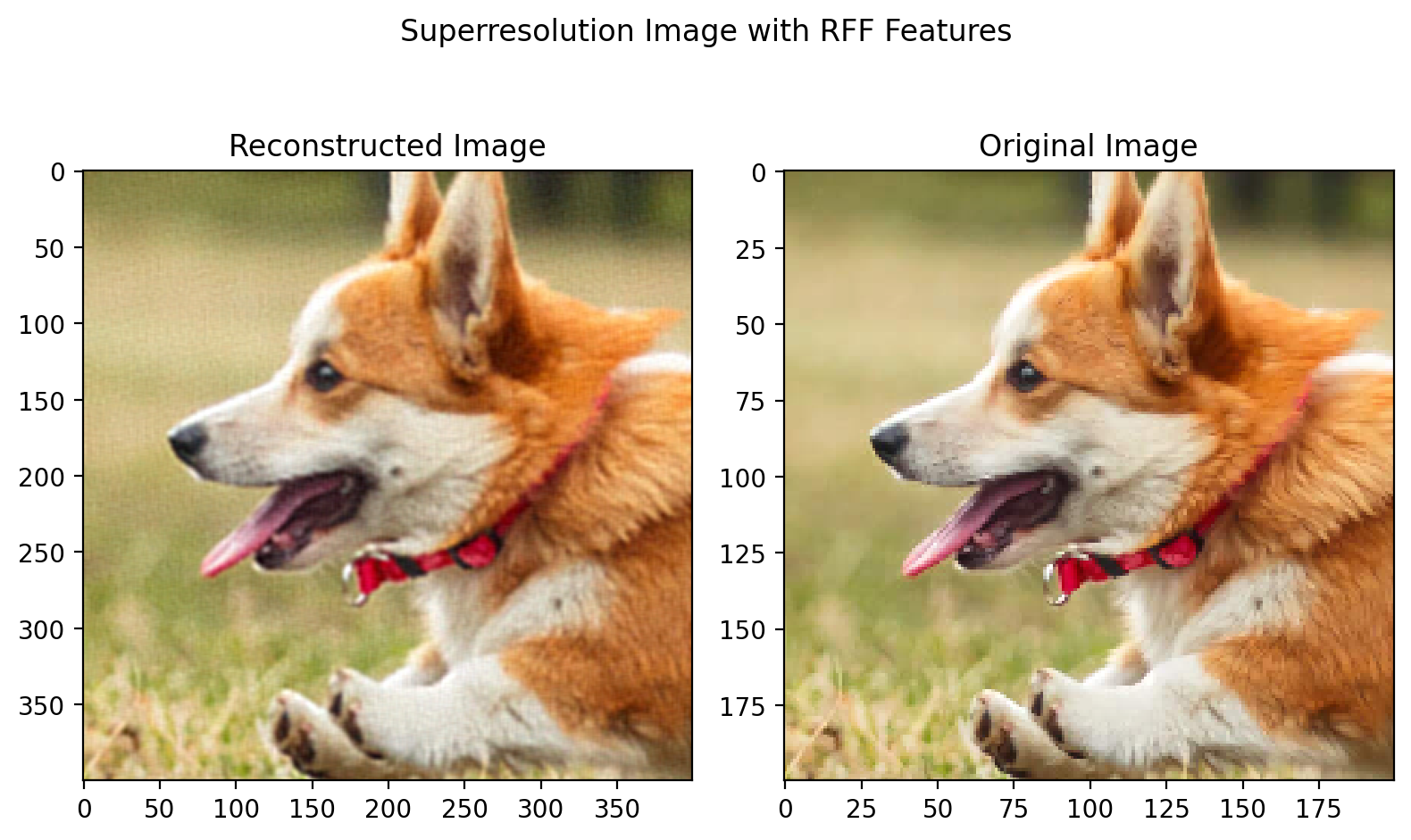torch.Size([3, 1365, 2048])
tensor([[[0.3098, 0.3137, 0.3137, ..., 0.2941, 0.2941, 0.2980],
[0.3098, 0.3137, 0.3137, ..., 0.2941, 0.2941, 0.2980],
[0.3098, 0.3137, 0.3137, ..., 0.2941, 0.2941, 0.2980],
...,
[0.4745, 0.4745, 0.4784, ..., 0.3804, 0.3765, 0.3765],
[0.4745, 0.4745, 0.4784, ..., 0.3804, 0.3804, 0.3765],
[0.4745, 0.4745, 0.4784, ..., 0.3843, 0.3804, 0.3804]],
[[0.2039, 0.2078, 0.2078, ..., 0.2157, 0.2157, 0.2118],
[0.2039, 0.2078, 0.2078, ..., 0.2157, 0.2157, 0.2118],
[0.2039, 0.2078, 0.2078, ..., 0.2157, 0.2157, 0.2118],
...,
[0.4039, 0.4039, 0.4078, ..., 0.3216, 0.3176, 0.3176],
[0.4039, 0.4039, 0.4078, ..., 0.3216, 0.3216, 0.3176],
[0.4039, 0.4039, 0.4078, ..., 0.3255, 0.3216, 0.3216]],
[[0.1373, 0.1412, 0.1412, ..., 0.1176, 0.1176, 0.1176],
[0.1373, 0.1412, 0.1412, ..., 0.1176, 0.1176, 0.1176],
[0.1373, 0.1412, 0.1412, ..., 0.1176, 0.1176, 0.1176],
...,
[0.1451, 0.1451, 0.1490, ..., 0.1686, 0.1647, 0.1647],
[0.1451, 0.1451, 0.1490, ..., 0.1686, 0.1686, 0.1647],
[0.1451, 0.1451, 0.1490, ..., 0.1725, 0.1686, 0.1686]]],
device='cuda:0', dtype=torch.float64)





